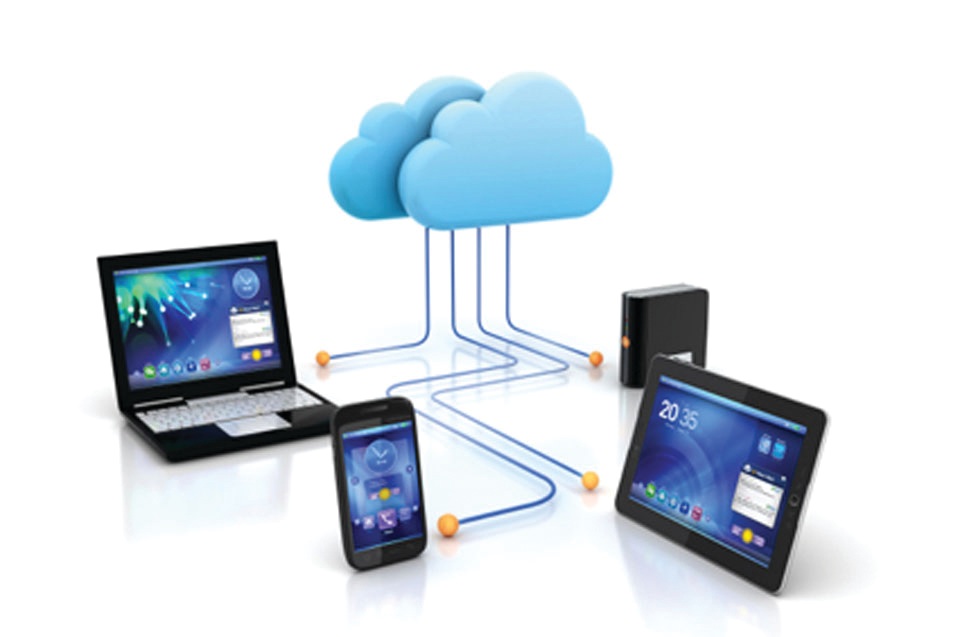Accounting
How Financials in the Cloud Are Affecting the Bottom Line for Businesses
More than ever, companies both big and small are finding success moving financial management to the cloud. This shift indicates that organizations are working to become more accessible and responsive in the ever-changing world of finance and accounting.
Apr. 23, 2015

More than ever, companies both big and small are finding success moving financial management to the cloud. This shift indicates that organizations are working to become more accessible and responsive in the ever-changing world of finance and accounting. In addition, it’s telling of the pressures businesses are facing to keep up with their highly connected and demanding customer base.
The old adage “the customer comes first” might sound tired, but according to a new report by Forrester, as new industries and models of revenue appear, those working in finance have to support the customer-centered values of winning, serving and retaining customers. Why is the customer’s experience so important to finance? Because the customer is where the money comes from. In the digital age, finance models need to transform their revenue stream by up-leveling order-to-cash processes and measuring and forecasting business performance, which will then lead to an improvement in the customer experience from a financial perspective. So, not only is the notion that “the customer comes first” still relevant, it’s more important than ever before.
Winning, serving and retaining customers starts internally, and as finance teams strive to become more customer-centric it’s critical that they’re given the tools and resources needed to set them up for success. This goes far beyond simply implementing cloud accounting software. In order to have a true impact on the customer experience, companies need to implement cloud-based financial management applications that integrate seamlessly with all other departments, including CRM, to ensure internal teams have full front to back office visibility and a holistic view of the customer. The connection between accounting and front office applications like CRM is critical because it ensures that the opportunity to cash process will flow seamlessly and securely through sales, billing and receivables without any manual effort, special integrations or extraneous spreadsheets. In addition to saving time and money, teams can get on the same page because all financial information will be held securely in one system, and business will become more streamlined and efficient because employees will be able to access important information anytime, anywhere.
To give you an example, if a member of the sales team is on the road and runs into a billing issue with a customer, they can look up the most up-to-date billing information in real-time – no need to spend time tracking down a member of the finance department to give them the appropriate information. It’s a win-win on both sides. More importantly, this leads to a more empowered and motivated workforce, creating higher employee satisfaction and thus, a better customer experience. When the customer likes what’s been delivered, they come back for more. At the end of the day, this is the overarching goal of any organization, and it directly impacts a businesses’ bottom line. Financial information about customers, vendors and business partners should never be locked away in accounting system silos. If an organization’s ordering process is in one system, but invoicing and collections is in another, then the potential for errors, delays and miscommunication is enormous.
Another significant perk of using cloud-based accounting tools is mobile accessibility. Making financial and accounting data accessible to employees via mobile devices changes the game because it gives them more flexibility, and the ability to access critical business information from any location – be it the office, home or during their daily commute. They can also easily switch between devices without losing any of the updates that they’ve made, eliminating the potential for costly errors. With the most up-to-date information available across any device, businesses can access accounts and cash flow figures at a moment’s notice, and pivot operations accordingly when need be. By elevating accounting departments into the cloud and leveraging social and mobile capabilities, organizations will be able to better keep up with today’s connected customer and focus more on winning, serving and retaining business.
As innovation in the world of finance and accounting continues at full speed, the only constant we can truly rely on is change. With businesses facing new challenges and volatile markets every day, shifting business practices to ones that streamline internal processes more efficiently are more important than ever. Allowing for financial and accounting access through cloud-based platforms is one way that top performing organizations are managing this constant change; making them more flexible and forward-thinking than their peers, many of which are stuck in old, outdated financial management systems that don’t play well with other facets of their business. A synchronized office that can track the entirety of the customer journey, from when they are a prospect in the CRM database to when they become an accounts receivable, will provide a comprehensive view of current and prospective clients that will in turn provide a better customer experience and higher ROI. Understanding the clear advantages of cloud-based business tools that result in a better customer experience, it’s hard not to wonder why everyone hasn’t already packed up their bags and made the move up to the cloud.
